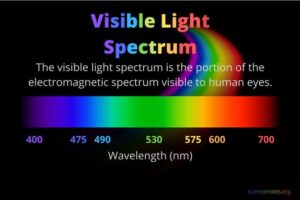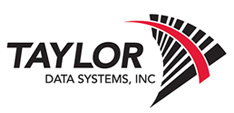BLOG
The Honeywell CK65-XLR Now has a Green Dot Laser Aimer for Daylight Scanning

The Honeywell CK65-XLR scanner is well known for its FlexRange™ XLR imager, which is capable of scanning from 3 inches to 80 feet away at lighting fast sped. Traditionally the CK65-XLR is equipped with a red dot laser aimer to ensure that barcodes scanned from a distance were correctly being picked and recorded. While the red-light aimer works well in most environments and applications, there can be issues of it being difficult to see in long range scanning applications that are outdoors during daylight hours.
Being able to ensure workers have selected the correct barcode when scanning at a distance and in sunlight is vital for accuracy and efficiency. Luckily, it has been proven that green-light aimers are much more visible in daylight, while still being equally as visible in nighttime.
In this month’s blog we explain why Honeywell’s new CK65-XLR scanner with green-light aimers are more visible to the human eye in daylight, and why choosing a device with a green-light aimer is an important decision for scanning efficiency in sunlight.
Understanding Light and the Human Eye
The visible light spectrum is the segment of the electromagnetic spectrum that the human eye can view. More simply, this range of wavelengths is called visible light and, typically, the human eye can detect wavelengths from 380 to 700 nanometers. As the full spectrum of visible light travels through a prism, the wavelengths separate into the colors of the rainbow because each color is a different wavelength. Violet has the shortest wavelength, at around 380 nanometers, and red has the longest wavelength, at around 700 nanometers. (NASA Science)

Although both green and red lights are both visible to the naked eye, it is important to understand why red is more difficult to see in sunlight. The answer has to do with the three types of cones in our eyes (R, G, & B) and how varying wave lengths of red, green, or blue light triggers the receptor cells within these cones. In reduced-light (night-time) conditions, cones in the human eye can pick up both red and green light almost equally well, however, in daylight, greenlight triggers many more receptors within our cones which make seeing that light much more visible than red.
The Real-World Difference Between Red & Green Laser Dot Scanning
Necessity is the mother of invention. The primary driving force behind offering a green-dot aimer on the Honeywell CK65-XLR was to provide outdoor workers who were losing the red-dot in daylight a better alternative. The green-dot aimer is significantly more visible than red in bright sun, while the two colors are equally discernable in darker light.
The CK65-XLR is made for outdoor use so whether you are scanning from a distance in sunlight, or at night, you can ensure faster scanning by verifying you are on the right barcode. Plus, with up to a 28-hour battery life, and best-in-class ruggedness, the CK65 maximizes productive uptime.
Learn More about the CK65-XLR Scanner with Green-dot Aimer
Discover how the Honeywell CK65-XLR can tackle virtually every warehouse scanning application. Contact Taylor Data Systems today and request more information.






